![Barcelona Treasurer Admits the Club Should Have Rebuilt Camp Nou “Years Ago” — and Explains Why the Renovated Stadium Is So Important Barcelona Inch Closer to Camp Nou Return as Espai Barça Enters a Defining Phase There’s a sense of both pride and regret echoing through the corridors of FC Barcelona these days. Pride, because the dream of returning to a rebuilt Spotify Camp Nou is inching closer to reality. Regret, because, as club treasurer Ferran Olive bluntly admitted during the General Assembly, the club is “late” — painfully late — in rebuilding its legendary home. “We should have built this stadium years ago; we’re late,” Olive confessed, addressing the room of members and delegates. “And we’re doing it so we can compete with the best clubs in the world.” Those words, heavy with realism, capture the mood at Barça right now: a club steeped in history but burdened by past hesitation, finally determined to modernize itself before it’s too late. A Long-Awaited Green Light — but No Rush Home After months of bureaucratic wrangling and construction delays, Barcelona have officially received the Phase 1A occupancy permit for the Camp Nou. This means the stadium is now authorized to hold up to 27,000 spectators, marking a symbolic milestone in the Espai Barça project — the most ambitious infrastructure overhaul in the club’s modern history. But here’s the twist: Barça won’t be going home just yet. Despite the nostalgic pull of the Camp Nou, the board has chosen to remain at Montjuïc’s Lluis Companys Stadium for the time being. It’s a decision rooted in logic, not sentiment. The temporary home, with its larger capacity and established operations, actually brings in more matchday revenue right now than a partially reopened Camp Nou would. Club sources explained it simply: “It makes little financial sense to return prematurely. Every extra month at Montjuïc gives us time to stabilize revenues and ensure that the Camp Nou is fully ready — structurally, financially, and symbolically.” Vice president Elena Fort has suggested that the grand reopening could coincide with the club’s 126th anniversary in late November, calling it “an ideal moment for our homecoming.” Whether or not the timeline holds, the message is clear: Barça will only return when it’s perfect. Camp Nou Should Have Been Rebuilt “Years Ago” In one of the most candid admissions from a senior club official in years, Ferran Olive didn’t mince words about Barcelona’s procrastination. “We should have built this stadium years ago; we’re late,” he said again, his tone more reflective than critical. “We have €175 million in stadium revenue [for 2024–25], and without doing anything, at Camp Nou we’d be at €250 million. But with the new stadium, we can reach €400 million annually.” That figure — €400 million — is more than a number. It’s the future lifeline of a club still constrained by La Liga’s financial fair play rules and reeling from pandemic losses and the debts of past mismanagement. The treasurer’s remarks dovetailed with the vision of Joan Laporta, who described the Spotify Camp Nou as the ultimate symbol of unity, identity, and ambition. “Spotify Camp Nou… it is the collective dream of Barcelona fans and the legacy that future generations will have,” Laporta declared passionately. “We have had the courage to reactivate this project that had been put on hold. The members have to see this dream come true and live it.” Laporta’s words carried both emotion and defiance. He has often framed the Espai Barça project not as a financial maneuver but as a moral obligation — a way to restore pride and preserve the spirit of “Més que un club” (“More than a club”) for generations to come. Espai Barça: A Vision Beyond Concrete and Cash For all the spreadsheets and architectural renderings, the Espai Barça project isn’t just about a new stadium. It’s about Barcelona reasserting itself as both a global football powerhouse and a cultural institution. The project, valued at nearly €1 billion ($1.17bn), aims to turn the club’s facilities into a world-class sports and entertainment hub — one that operates 365 days a year, not just on matchdays. The redeveloped Camp Nou will anchor this vision, surrounded by new facilities including the Palau Blaugrana arena and expanded training grounds. Yet, no project of this magnitude comes without controversy. The club’s decision to award the construction contract to Turkish firm Limak raised eyebrows. Reports surfaced that Limak had scored the lowest technical evaluation among bidders such as Spanish giants Ferrovial and FCC. Even more contentious was Limak’s demand for an upfront payment of €200 million, compared to just €12 million from competitors. Critics called it a financial gamble. The board called it a calculated risk. Barcelona officials have defended the move as essential to meeting UEFA-imposed deadlines and municipal regulations, arguing that Limak’s proposal, while expensive up front, offered the fastest and most flexible route to completion. “We are building not just for today but for the next 50 years,” one board member reportedly said. “This is about ensuring Barcelona remains among the elite — on and off the pitch.” Why the New Camp Nou Matters So Much For all the talk of finances, permits, and sponsorships, the new Camp Nou is ultimately about identity. It’s the physical embodiment of what Barcelona stands for — innovation rooted in tradition. The new stadium won’t just host football. It will host concerts, conferences, digital fan experiences, and corporate events — all generating year-round income. But more importantly, it will be the place where Barça fans, scattered across continents, feel at home again. Laporta said it best: “We have worked tirelessly to obtain the permits from the city council that would allow us to return. This project is the collective dream of every culé.” That “collective dream” will also help solve very real problems. Once operational, the new Camp Nou could nearly double Barcelona’s annual stadium income — from €175 million to around €400 million. In an era where financial fair play restrictions and transfer inflation have reshaped European football, that kind of self-generated revenue could be transformative. It’s not just about catching up to Real Madrid’s Santiago Bernabéu renovation; it’s about overtaking it. The Spotify Partnership: Football Meets Global Culture The club’s long-term partnership with Spotify remains a cornerstone of its financial recovery. The renewed deal — which extends the streaming giant’s naming rights to the stadium until 2034 — ensures steady income during reconstruction and solidifies Barça’s global brand presence. It’s not just a sponsorship; it’s a cultural collaboration. Spotify’s influence has brought a new wave of music, tech, and digital engagement to Barça’s marketing strategy. It has helped the club stay relevant to a younger, more international audience — one that consumes football as entertainment and culture in equal measure. From artists appearing on shirts to playlists inspired by players, the partnership embodies the modern Barça identity: a blend of football, art, and innovation. The Road Ahead: When Will Barça Actually Return Home? Now that the Phase 1A permit has been granted, all eyes are on Phase 1B, which would allow 47,000 fans to attend matches at the renovated Camp Nou — enough to host UEFA competitions once again. Vice president Elena Fort remains optimistic: “The process is mainly administrative,” she said. “The works are practically complete. We are close.” If all goes according to plan, the grand return could coincide with a major fixture in November, aligning perfectly with the club’s 126th anniversary. In financial terms, the timeline is critical. Every month that passes without matchday income from the Camp Nou puts additional pressure on the club’s books. But once the stadium is fully open and operational, projections indicate that Barcelona’s stadium revenue could more than double. That would provide the breathing room needed to invest in the squad, rebuild the women’s team infrastructure, and further develop La Masia. A Legacy of Stone, Steel, and Soul As the project nears completion, it’s easy to forget what this all represents. Camp Nou isn’t just a venue — it’s a monument to Catalan pride, to footballing genius, and to the shared dreams of millions. Ferran Olive’s candid admission — that Barça should have done this “years ago” — might sting, but it also underscores a vital truth: the best time to rebuild was yesterday; the second-best time is now. And now, finally, Barcelona are doing it — not just rebuilding a stadium, but rebuilding an era. When the first whistle blows at the new Spotify Camp Nou, the cheers won’t just be for the players on the pitch. They’ll be for everyone who waited, who believed, and who never stopped calling it home.](https://euromatch.news/storage/2025/10/GettyImages-2239546513.jpg.webp)
Barcelona Treasurer Admits the Club Should Have Rebuilt Camp Nou “Years Ago” — and Explains Why the Renovated Stadium Is So Important
Barcelona Inch Closer to Camp Nou Return as Espai Barca Enters a Defining Phase
There’s a sense of both pride and regret echoing through the corridors of FC Barcelona these days. Pride, because the dream of returning to a rebuilt Spotify Camp Nou is inching closer to reality. Regret, because, as club treasurer Ferran Olive bluntly admitted during the General Assembly, the club is “late” — painfully late — in rebuilding its legendary home.
“We should have built this stadium years ago; we’re late,” Olive confessed, addressing the room of members and delegates. “And we’re doing it so we can compete with the best clubs in the world.”
Those words, heavy with realism, capture the mood at Barca right now: a club steeped in history but burdened by past hesitation, finally determined to modernize itself before it’s too late.
A Long-Awaited Green Light — but No Rush Home
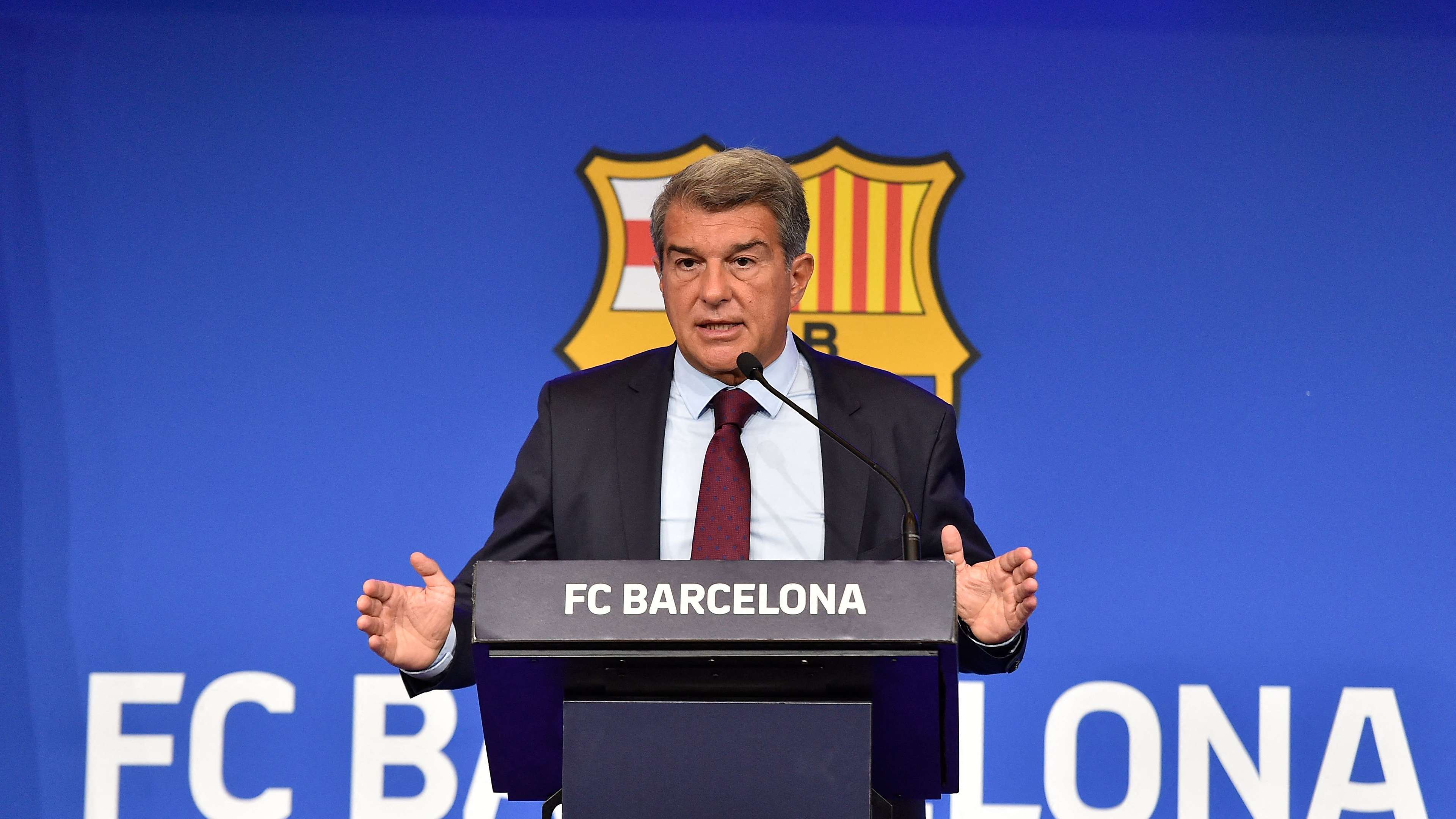
FBL-ESP-BARCELONA
After months of bureaucratic wrangling and construction delays, Barcelona have officially received the Phase 1A occupancy permit for the Camp Nou. This means the stadium is now authorized to hold up to 27,000 spectators, marking a symbolic milestone in the Espai Barca project — the most ambitious infrastructure overhaul in the club’s modern history.
But here’s the twist: Barca won’t be going home just yet.
Despite the nostalgic pull of the Camp Nou, the board has chosen to remain at Montjuïc’s Lluis Companys Stadium for the time being. It’s a decision rooted in logic, not sentiment. The temporary home, with its larger capacity and established operations, actually brings in more matchday revenue right now than a partially reopened Camp Nou would.
Club sources explained it simply: “It makes little financial sense to return prematurely. Every extra month at Montjuïc gives us time to stabilize revenues and ensure that the Camp Nou is fully ready — structurally, financially, and symbolically.”
Vice president Elena Fort has suggested that the grand reopening could coincide with the club’s 126th anniversary in late November, calling it “an ideal moment for our homecoming.” Whether or not the timeline holds, the message is clear: Barça will only return when it’s perfect.
Camp Nou Should Have Been Rebuilt “Years Ago”
In one of the most candid admissions from a senior club official in years, Ferran Olive didn’t mince words about Barcelona’s procrastination.
“We should have built this stadium years ago; we’re late,” he said again, his tone more reflective than critical. “We have €175 million in stadium revenue [for 2024–25], and without doing anything, at Camp Nou we’d be at €250 million. But with the new stadium, we can reach €400 million annually.”
That figure — €400 million — is more than a number. It’s the future lifeline of a club still constrained by La Liga’s financial fair play rules and reeling from pandemic losses and the debts of past mismanagement.
The treasurer’s remarks dovetailed with the vision of Joan Laporta, who described the Spotify Camp Nou as the ultimate symbol of unity, identity, and ambition.
“Spotify Camp Nou… it is the collective dream of Barcelona fans and the legacy that future generations will have,” Laporta declared passionately. “We have had the courage to reactivate this project that had been put on hold. The members have to see this dream come true and live it.”
Laporta’s words carried both emotion and defiance. He has often framed the Espai Barca project not as a financial maneuver but as a moral obligation — a way to restore pride and preserve the spirit of “Més que un club” (“More than a club”) for generations to come.
Espai Barca: A Vision Beyond Concrete and Cash
For all the spreadsheets and architectural renderings, the Espai Barca project isn’t just about a new stadium. It’s about Barcelona reasserting itself as both a global football powerhouse and a cultural institution.
The project, valued at nearly €1 billion ($1.17bn), aims to turn the club’s facilities into a world-class sports and entertainment hub — one that operates 365 days a year, not just on matchdays. The redeveloped Camp Nou will anchor this vision, surrounded by new facilities including the Palau Blaugrana arena and expanded training grounds.
Yet, no project of this magnitude comes without controversy. The club’s decision to award the construction contract to Turkish firm Limak raised eyebrows. Reports surfaced that Limak had scored the lowest technical evaluation among bidders such as Spanish giants Ferrovial and FCC. Even more contentious was Limak’s demand for an upfront payment of €200 million, compared to just €12 million from competitors.
Critics called it a financial gamble. The board called it a calculated risk.
Barcelona officials have defended the move as essential to meeting UEFA-imposed deadlines and municipal regulations, arguing that Limak’s proposal, while expensive up front, offered the fastest and most flexible route to completion.
“We are building not just for today but for the next 50 years,” one board member reportedly said. “This is about ensuring Barcelona remains among the elite — on and off the pitch.”
Why the New Camp Nou Matters So Much
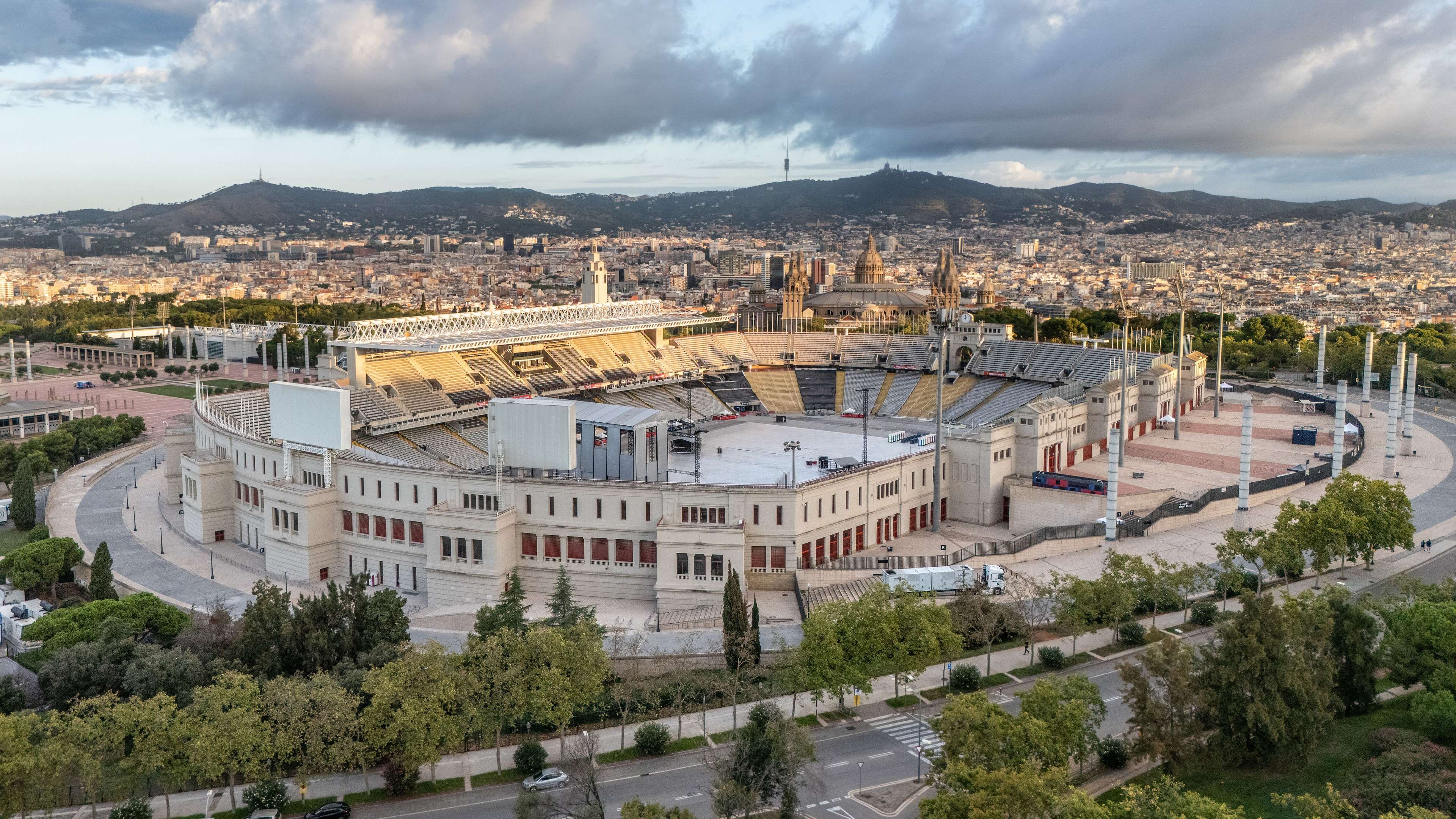
General Aerial View Of The Estadi Olimpic Lluis Companys
For all the talk of finances, permits, and sponsorships, the new Camp Nou is ultimately about identity. It’s the physical embodiment of what Barcelona stands for — innovation rooted in tradition.
The new stadium won’t just host football. It will host concerts, conferences, digital fan experiences, and corporate events — all generating year-round income. But more importantly, it will be the place where Barca fans, scattered across continents, feel at home again.
Laporta said it best:
“We have worked tirelessly to obtain the permits from the city council that would allow us to return. This project is the collective dream of every culé.”
That “collective dream” will also help solve very real problems. Once operational, the new Camp Nou could nearly double Barcelona’s annual stadium income — from €175 million to around €400 million. In an era where financial fair play restrictions and transfer inflation have reshaped European football, that kind of self-generated revenue could be transformative.
It’s not just about catching up to Real Madrid’s Santiago Bernabéu renovation; it’s about overtaking it.
The Spotify Partnership: Football Meets Global Culture
The club’s long-term partnership with Spotify remains a cornerstone of its financial recovery. The renewed deal — which extends the streaming giant’s naming rights to the stadium until 2034 — ensures steady income during reconstruction and solidifies Barca’s global brand presence.
It’s not just a sponsorship; it’s a cultural collaboration. Spotify’s influence has brought a new wave of music, tech, and digital engagement to Barça’s marketing strategy. It has helped the club stay relevant to a younger, more international audience — one that consumes football as entertainment and culture in equal measure.
From artists appearing on shirts to playlists inspired by players, the partnership embodies the modern Barca identity: a blend of football, art, and innovation.
The Road Ahead: When Will Barca Actually Return Home?
Now that the Phase 1A permit has been granted, all eyes are on Phase 1B, which would allow 47,000 fans to attend matches at the renovated Camp Nou — enough to host UEFA competitions once again.
Vice president Elena Fort remains optimistic: “The process is mainly administrative,” she said. “The works are practically complete. We are close.”
If all goes according to plan, the grand return could coincide with a major fixture in November, aligning perfectly with the club’s 126th anniversary.
In financial terms, the timeline is critical. Every month that passes without matchday income from the Camp Nou puts additional pressure on the club’s books. But once the stadium is fully open and operational, projections indicate that Barcelona’s stadium revenue could more than double.
That would provide the breathing room needed to invest in the squad, rebuild the women’s team infrastructure, and further develop La Masia.
A Legacy of Stone, Steel, and Soul
As the project nears completion, it’s easy to forget what this all represents. Camp Nou isn’t just a venue — it’s a monument to Catalan pride, to footballing genius, and to the shared dreams of millions.
Ferran Olive’s candid admission — that Barca should have done this “years ago” — might sting, but it also underscores a vital truth: the best time to rebuild was yesterday; the second-best time is now.
And now, finally, Barcelona are doing it — not just rebuilding a stadium, but rebuilding an era.
When the first whistle blows at the new Spotify Camp Nou, the cheers won’t just be for the players on the pitch. They’ll be for everyone who waited, who believed, and who never stopped calling it home.










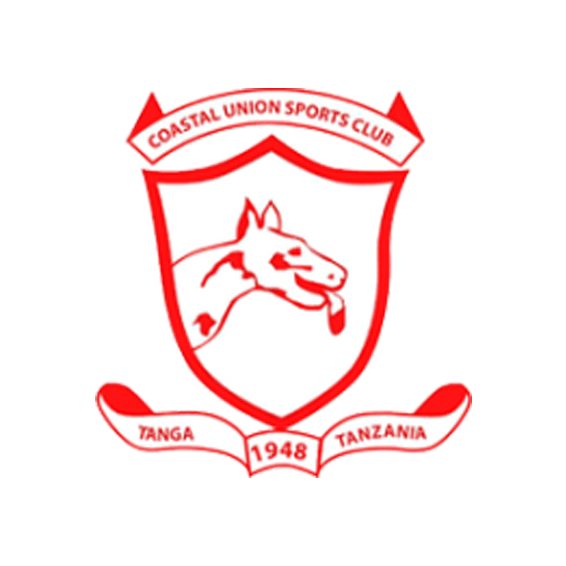
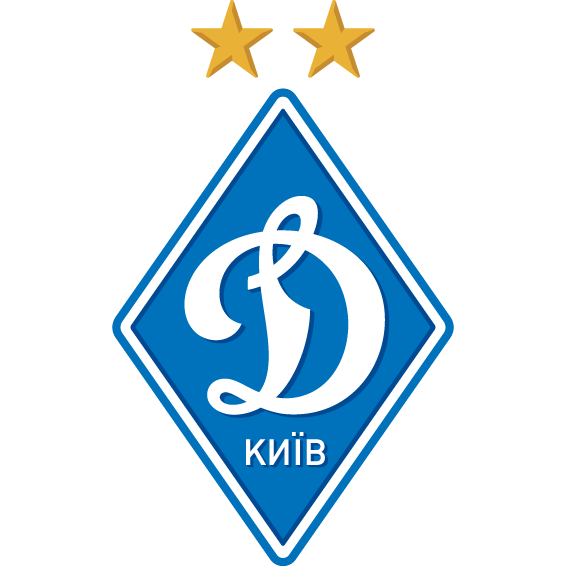



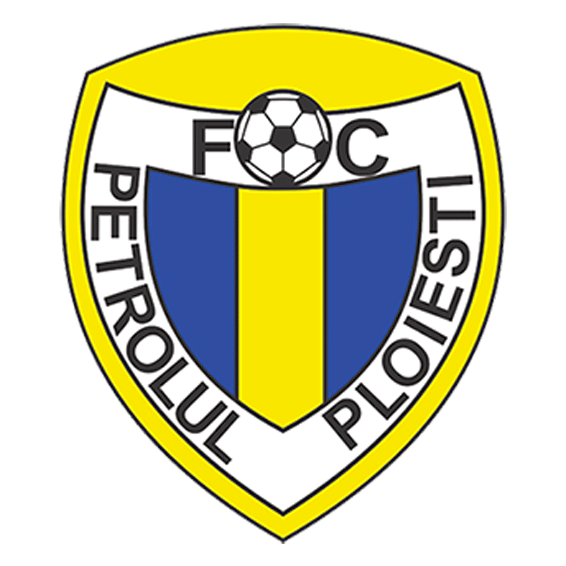

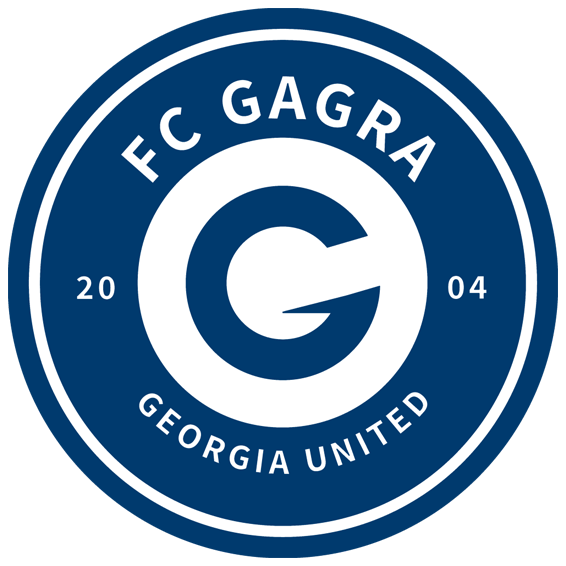


































There are no comments yet. Be the first to comment!